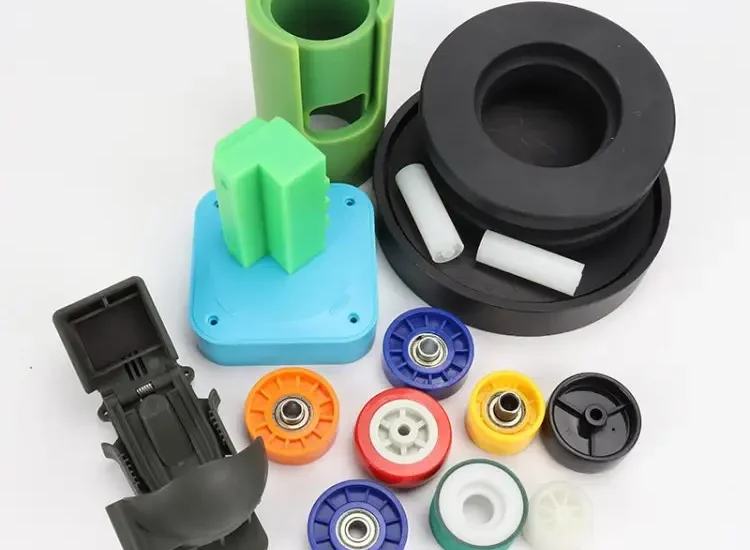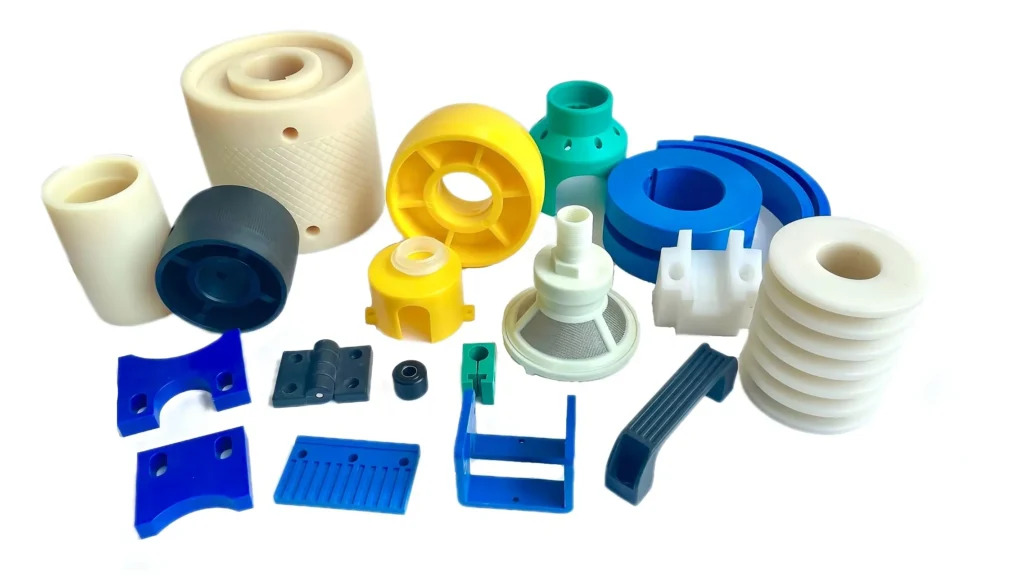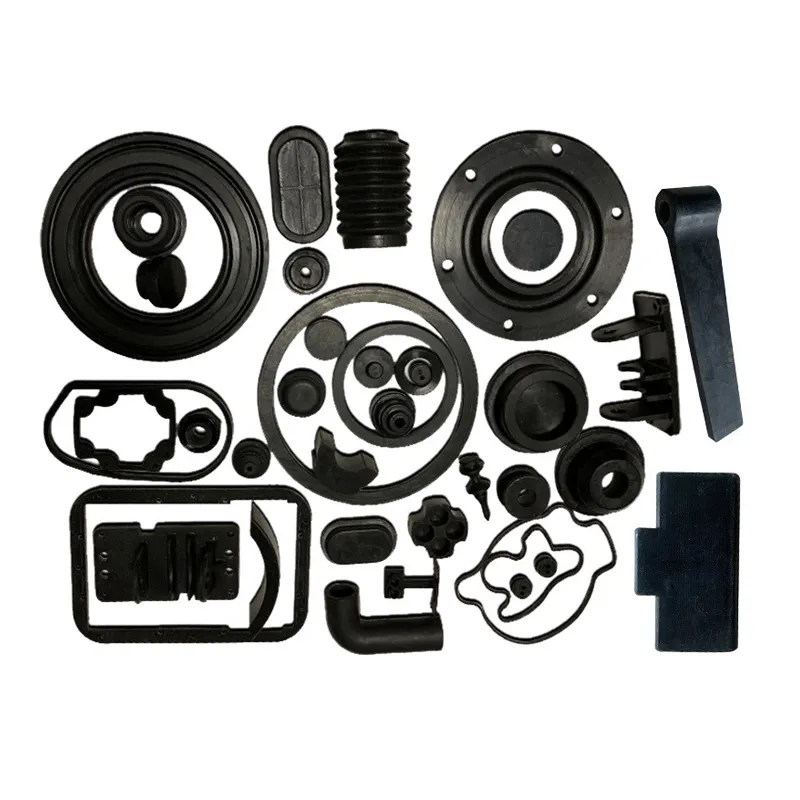- March 28, 2025
- Posted by: feinuojixie
- Category: Injection Molding News


PC ABS injection moulding is a key manufacturing process used in the production of durable and high-performance plastic components. Combining the toughness of polycarbonate (PC) with the flexibility of acrylonitrile butadiene styrene (ABS), PC ABS is ideal for products that require both strength and impact resistance. Commonly used in industries such as automotive, electronics, and consumer goods, this material offers versatility and reliability, making it a popular choice in injection moulding.
In this guide, we’ll explore essential tips and techniques to help you master the PC ABS injection moulding process, ensuring that every product is produced with precision and perfection.


Understanding the Basics of PC ABS Injection Moulding
PC ABS injection moulding is a process where a mixture of polycarbonate and ABS is heated until it melts, then injected into a mould to form the desired shape. The key properties of PC ABS—its strength, heat resistance, and impact resistance—make it suitable for producing components that need to withstand both mechanical stress and temperature fluctuations.
When working with PC ABS, it’s important to understand the nuances of the material’s behavior during the injection moulding process. Factors such as melt temperature, injection pressure, and cooling rate play a critical role in determining the final quality of the part.
Choosing the Right Materials for PC ABS Injection Moulding
The quality of the PC ABS resin you use will significantly affect the outcome of your moulding project. It’s essential to choose the right grade of PC ABS for your specific application, as different grades can offer variations in properties like impact resistance, surface finish, and chemical stability.
Selecting a reliable supplier who provides high-quality materials is equally crucial. The consistency of the resin’s performance during the injection moulding process will directly influence the quality of the final product. Therefore, thorough research and selecting materials based on your part’s end-use is key to ensuring optimal results.
Key Factors to Achieve Perfect PC ABS Injection Moulding Results
Achieving perfect results in PC ABS injection moulding requires careful attention to several critical factors:
-
Temperature Control: The melt temperature of PC ABS should be carefully regulated to ensure optimal flow and fill during injection. Too high or too low a temperature can result in defects such as incomplete filling or degradation of the material.
-
Injection Pressure and Speed: Adjusting the injection pressure and speed helps ensure the material fills the mould evenly, avoiding issues such as short shots or incomplete parts.
-
Cooling Rate: Cooling the part at the right rate is essential for minimizing warping and maintaining dimensional accuracy. Too fast a cooling rate can lead to internal stresses, while too slow a rate can increase cycle time and reduce production efficiency.
Mould Design for PC ABS Injection Moulding
An effective mould design is essential to achieving the desired results with PC ABS injection moulding. The design should promote efficient material flow, proper cooling, and easy ejection of the part. Moulds should be designed with a balanced gate system to ensure uniform material injection, and cooling channels should be strategically placed to optimize cooling time.
Common mistakes in mould design include poor venting, incorrect gate placement, and inadequate cooling. Avoiding these pitfalls will lead to higher-quality products and more efficient production processes.
Troubleshooting Common PC ABS Injection Moulding Issues
Even with careful attention to the process, issues can arise during PC ABS injection moulding. Understanding how to identify and solve common problems is essential for maintaining consistent quality:
-
Warping: Warping occurs when different parts of the mould cool at different rates, causing the finished product to deform. Ensuring uniform cooling can help prevent warping.
-
Surface Defects: Defects such as sink marks or air bubbles can occur due to improper pressure, temperature, or cooling settings. Adjusting the injection process and material characteristics can resolve these issues.
-
Shrinkage: Shrinkage is a natural occurrence in injection moulding but can affect part dimensions. It can be minimized by carefully controlling the cooling process and choosing the right material grade.


Advanced Tips for Improving PC ABS Injection Moulding Efficiency
To improve your PC ABS injection moulding efficiency, consider incorporating advanced strategies such as:
-
Using Additives: Additives and fillers can enhance the material properties of PC ABS, such as increasing flame retardancy or improving surface finish. Choosing the right additive for your application can improve the overall performance of the final product.
-
Maintaining Equipment: Regular maintenance and calibration of your injection moulding machine ensures optimal performance, reducing downtime and minimizing defects.
-
Automation: Implementing automation in the injection moulding process can improve consistency and reduce human error, leading to better overall product quality and cost efficiency.
Ensuring Safety and Compliance in PC ABS Injection Moulding
Safety is a top priority in any manufacturing process, and PC ABS injection moulding is no exception. Proper ventilation, machine maintenance, and worker training are crucial to avoid accidents and ensure smooth operations. Additionally, compliance with industry standards and regulations is essential to ensure the safety and quality of the products being produced.
Future Trends in PC ABS Injection Moulding
As technology continues to advance, so too does the field of injection moulding. Emerging trends, such as the use of 3D printing in mould design and the integration of smart manufacturing technologies, are shaping the future of PC ABS production. Additionally, sustainability is becoming a key consideration, with companies exploring ways to reduce waste and use recycled materials in injection moulding.
Perfecting PC ABS Injection Moulding for Success
Mastering the PC ABS injection moulding process requires a deep understanding of the material, the equipment, and the techniques that lead to flawless results. By carefully selecting materials, optimizing mould design, and addressing common issues, you can consistently produce high-quality PC ABS components. With the right approach, your PC ABS injection moulding projects will be both efficient and successful.
